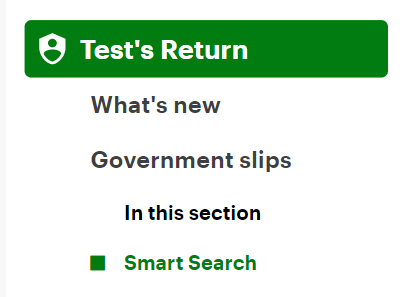RRSP deduction limit 2025
Your Registered Retirement Savings Plan (RRSP) deduction limit is the maximum amount of RRSP contributions you can deduct on your return to help you lower your tax payable for the year. By deducting your RRSP contributions on your return (up to your deduction limit for the year), you can bring down your income tax bracket and, therefore, pay less tax.
You can find your RRSP deduction limit for a given year:
- At the bottom of your latest notice of assessment (NOA) or reassessment
- On the Canada Revenue Agency (CRA) website by logging in to My Account (if you're registered)
- By calling the RRSP Tax Information Phone Service (TIPS) hotline at 1-800-267-6999 or
- On your T1028: Your RRSP Information for 2025
Note: Your RRSP deduction limit might be impacted by your previous year’s past service pension adjustment (PSPA) and pension adjustment reversal (PAR). You can find both amounts on your notice of assessment or reassessment, or in My Account.
If you have an RRSP contribution dated Jan or Feb 2025 that you didn’t report in your 2024 tax return (either as a contribution or as a carry-forward amount), you can’t apply it to your 2025 return UNTIL you have adjusted your 2024 tax return. You have two options:
- You can use the amount as a deduction on your 2024 return, or
- You can carry it forward to use it as deduction on your 2025 return
Either way, you have to adjust your 2024 tax return to indicate your choice and wait for the 2024 tax return adjustment to be processed by the CRA, before you can add the amount to your 2025 return.
If you don't use your entire RRSP deduction limit in a given year, the unused portion is carried forward and added to your new limit for next year. Your RRSP deduction limit is calculated based on your earned income plus any unused RRSP deduction limit from prior years minus any pension adjustments.
Example: Thomas has a 2025 RRSP deduction limit of $14,000. In 2025, he contributed $6,000 to his RRSPs. The unused portion of RRSP deduction limit is $8,000 ($14,000 - $6,000). He can either contribute another $8,000 to his RRSP in 2025 or carry it forward to be added to his RRSP deduction limit for 2026.
When contributing to your RRSP, make sure you don’t contribute more than $2,000 over your deduction limit as you'll have to pay a tax of 1% per month on the excess contributions.
Example: Thomas has decided that for 2025, instead of making RRSP contributions once a year, he will set up monthly automatic withdrawals for his RRSP contributions. The amount he decides to withdraw and contribute to his RRSPs each month is $1,500. His 2025 RRSP deduction limit is $14,000. At the end of the year, Thomas realizes that he has over contributed to his RRSPs by $4,000.
RRSP contributions: $1,500 x 12=$18,000
RRSP deduction limit: $14,000
Over contribution: $18,000 - $14,000 = $4,000
The CRA allows an over contribution of $2,000 before applying any penalties. In this case, Thomas over-contributed by more than $2,000 and has to pay a tax of 1% per month on the excess amount or he can request to have it returned to him.
Follow these steps in H&R Block’s 2025 tax software:
-
On the left navigation menu, click the Government slips tab, then Smart Search.

- Type RRSP deduction limit for 2025 in the search field and either click the highlighted selection or press Enter to continue.
- When you arrive at the RRSP contributions and HBP or LLP payments page, enter your information into the tax software.

